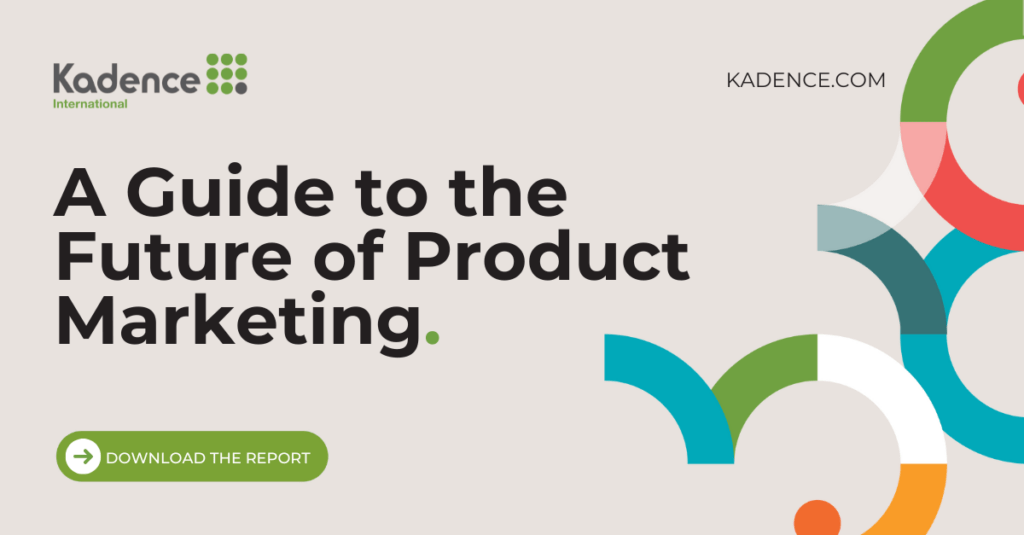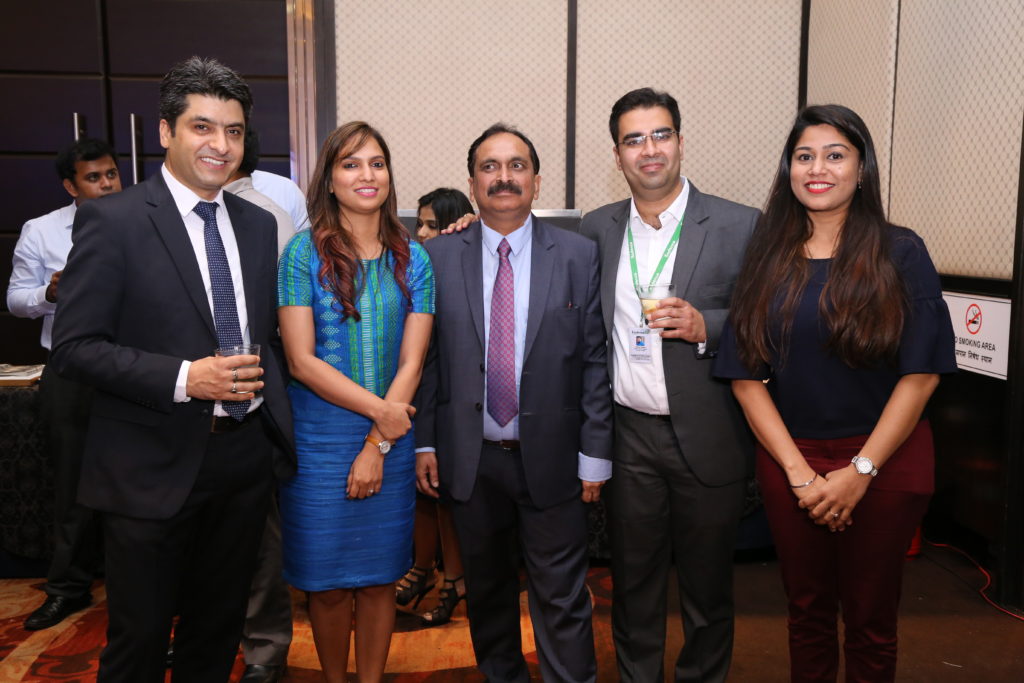Market research is an essential activity for companies of all kinds. When entering a new local market or category, it’s crucial to do as much research as possible in a multitude of areas to ensure you’re as prepared as possible to launch a successful entry with minimal risk.
When entering an international market, market research is no less important. In fact, it may be even more important, as the stakes are higher and you’ll be facing entirely new market conditions.
A question we often hear is, “why is it important for marketers to research the competition?” This article will examine international market research, how it typically differs from what you’re used to in your domestic market, and some of the main reasons why companies need to do it.
What is international market research?
International market research is a blanket term for all the research and preparation you do on a new market, usually before entering it. Unlike domestic market research, international market research is focused on an overseas market, often with completely different cultures, business conditions and consumer behaviors.
There are many different methods and stages involved in international market research. In many cases, the individual methods and techniques are the same as domestic market research, but your overall strategy will likely be very different.
What are the objectives of international marketing research?
International market research is a way of understanding a new, overseas market before you launch a product or service there. The main objectives are to understand your target customers, identify any challenges, get familiar with your competitors, and anything else that will boost your chances of success and avoid unpleasant surprises.
Get regular insights
Keep up to date with the latest insights from our research as well as all our company news in our free monthly newsletter.

How is international market research different from domestic research?
There are several key differentiating factors between domestic market research and international market research. Here are some of the key differences:
You’re entering a market with social and cultural differences
Domestic market research is already difficult, but the often vast differences between your home country and your target country make international market research much more challenging in many ways.
Often, the reasons for this difficulty are the exact same reasons why you need to do the research in the first place — you need to learn as much as possible about a region and culture that may be entirely unlike your own.
The differences between countries can create many challenges for researchers. For example, a research method like one-on-one interviews that works extremely well in western countries like the UK and US may fail miserably in other parts of the world where it is treated with suspicion.
There may be more restrictions around research
In addition to cultural and social differences, international markets also come with legal differences. While you might have a good understanding of how the law (as it relates to market research) works at home, the reality abroad may be very different.
This means you’ll need to be aware of an entirely new set of rules in order to avoid breaking them and ending up in legal trouble. One example is the USA’s TCPA, which forbids calling a cellphone using an automated dialing system.
Legal differences make it imperative to conduct legal research and coordinate with lawyers in your target market before beginning any research. Ending up on the wrong side of the law could be catastrophic.
It requires much more investment
Market research on your home soil can often be done relatively cheaply. When doing the same research abroad, however, costs can quickly skyrocket. Seemingly simple things like hiring venues, running telephone interviews, and gathering people to interview can become exponentially more complicated when you’re doing it in a foreign country with people who speak another language.
You may find yourself needing to hire a small army of staff on the ground to help you carry out these tasks. To make things even more frustrating, the cheaper market research methods like email and online surveys don’t work nearly as well in developing countries with less widespread internet access.
8 reasons why companies need to research their international markets
Despite the additional challenges involved, international market research is simply unavoidable if entering a new market overseas. Here are some of the reasons why.
1. Differences in culture
The culture of your overseas target market may be similar to yours, but it could also be completely different. Failing to adequately research the culture of your target market could result in serious blunders, which could seriously harm your market entry and brand reputation.
Cultural differences don’t have to be vast in order to cause major problems. For example, in many African countries containers are labeled with a picture of their contents. When baby nutrition company Gerber entered this market with their jars labeled with photos of babies, the reaction was understandably negative and seriously impacted sales.
2. Differences in laws and regulations
Laws and regulations don’t just have an impact on your market research methods. They can affect every part of your market entry process and how you conduct your business in your new market.
If you enter a new market without a comprehensive understanding of the law and its relation to your activities, you risk ending up in legal trouble.
There are many different potential legal pitfalls to consider when entering a new market. Some examples are environmental regulations, tax laws, and laws that pertain to hiring new staff. On top of this, rules can change quickly, and what was completely legal five years ago might be a huge no-go today. This is one area where one-off research isn’t enough — you’ll have to conduct regular and ongoing research and work with legal experts in your target market.
3. Differences in customer preferences
Customers in one country may have completely different preferences to those in another. This can be due to the cultural issues mentioned earlier, but it can also result from other factors.
When China began allowing its citizens to buy and own homes a few decades ago, US DIY chain Home Depot quickly capitalised on this new opportunity. Six years later, they closed all their Chinese stores, never to return.
The reason — they opened all their stores in the suburbs, but most middle-class Chinese citizens tend to live in apartment blocks in the cities, homes that don’t require or allow much renovation. This simple misunderstanding due to incomplete research led to the complete failure of Home Depot’s market entry attempt.
4. Understand competition
When you enter a new market, you’ll need to compete with the brands that are already there. This is not easy — you’re already at a significant disadvantage compared to companies who have been established in that region for a long time and are well-known to the local consumers.
It’s essential to understand who you are competing against, and — more importantly — how they have been able to succeed. What exactly is it that customers like about your competitors? What keeps them coming back? What has allowed them to gain and maintain a hold in your target market?
Answering these questions through research will give you valuable direction on what your brand has to do to succeed. It will also highlight weaknesses in your competitors that you can address in your marketing.
5. Mitigate risk
Entering any new market is a risky venture, and that risk increases when you expand abroad. According to research by the Harvard Business Review, companies operating abroad faced far lower Return on Assets compared to those in domestic markets. Many of these companies do not survive the attempt.
Market research allows you to mitigate your risk by being as prepared as possible for the myriad challenges involved in entering a foreign market. You’ll better understand your customers and what they want, be more prepared to take on your competition, avoid legal issues, and have a more viable strategy. Entering a new market overseas will never be risk-free, but research allows you to minimise that risk.
6. Logistical challenges
The logistical challenges involved in entering a foreign market can be enormous. You’ll need to do things like select and evaluate suppliers, hire new staff, find appropriate premises, learn about payment procedures and financial infrastructure, find ways to transport your products around your new market, comply with import and export regulations, and much more.
When entering a market in the developing world, these challenges become compounded. Regions without well-established transport infrastructure, financial systems, labour laws, government, and so on can create an endless series of logistical challenges.
To prepare for this, you’ll need to research your new market rigorously. Understand all the potential issues facing you so you have time to prepare and aren’t caught unawares by a problem that might set back your operations by a significant amount.
7. Prepare a solid strategy and budget
A well-established strategy and budget plan is an essential starting point for any market entry process. The only way to do this effectively is through diligent market research.
Market research allows you to understand the costs of your new market, including unexpected costs. It also helps you anticipate obstacles and challenges, and flesh out your strategy in a way that boosts your chances of success.
Suppose you need to win the support of high-level stakeholders in your organisation. In that case, a well-prepared and financed strategy is an excellent way to convince them that your market entry attempt is well-placed to go ahead.
8. Find available marketing channels
Marketing your product in a foreign market comes with a unique set of challenges and considerations. Channels that work well in your home country may fail abroad — for example, digital marketing in a country with poor internet access.
On top of that, your messaging will need to take into account all the cultural and linguistic characteristics of your target market. An advertising campaign that works well at home may very well perform terribly on the other side of the world.
Market research is a great way to identify the marketing channels and approaches that typically work well for similar products in your target market, helping you plan an effective marketing strategy and boost your chances of success from the start.
Market research is an essential and unavoidable task if you want to enter a foreign market successfully. Done right, it can help reduce the many risks involved and give your product the best possible chances of succeeding in a market that may be radically different from the ones you currently operate in.
Contact Kadence to learn more about how we can help you with international market research, along with all other kinds.












 Senior Marketing Executive
Senior Marketing Executive Sales & Marketing
Sales & Marketing General Manager PR -Internal Communications & Government Affairs
General Manager PR -Internal Communications & Government Affairs Vital Strategies
Vital Strategies
 Customer Intelligence Director
Customer Intelligence Director